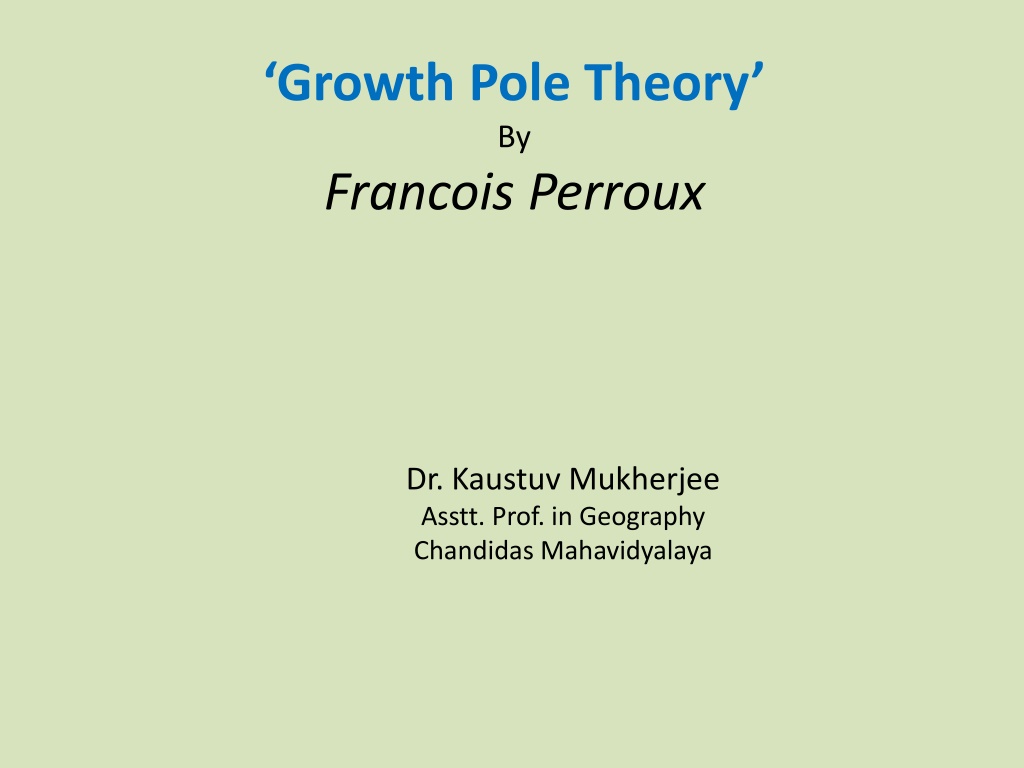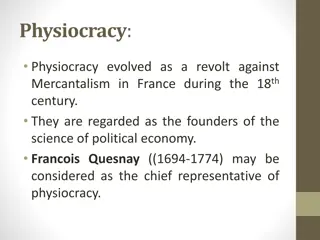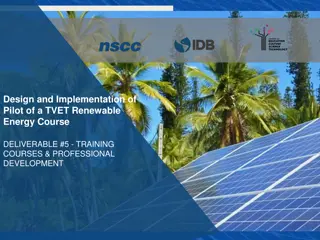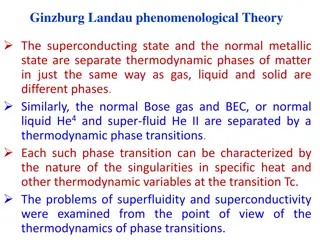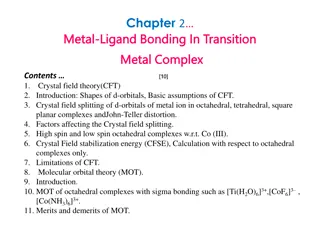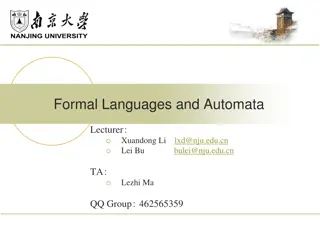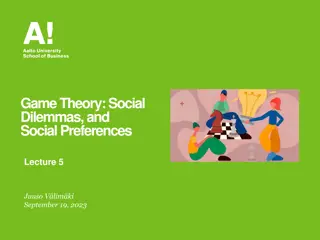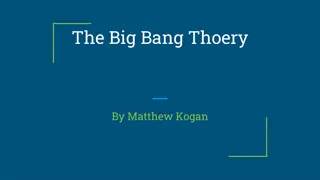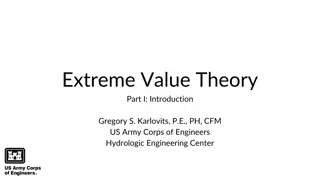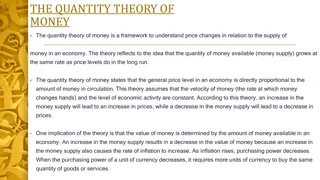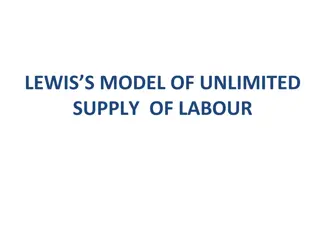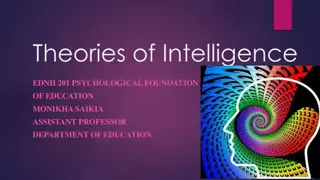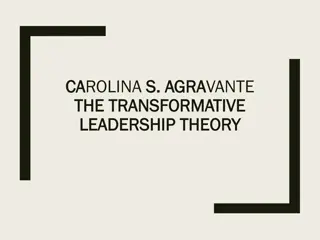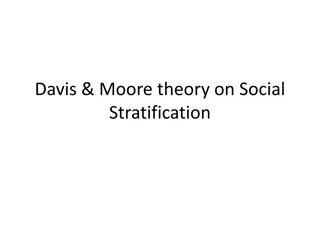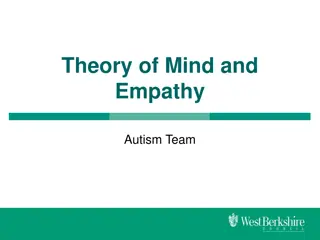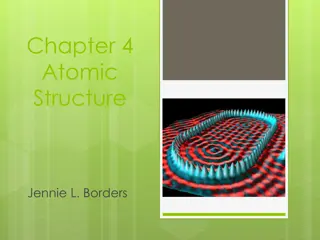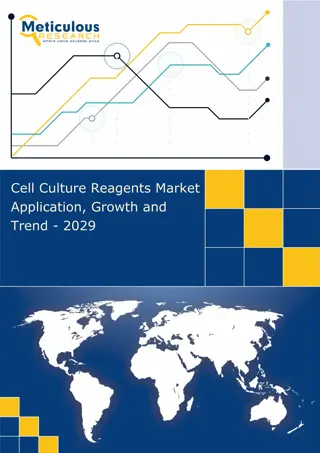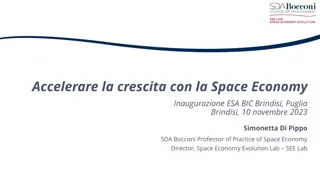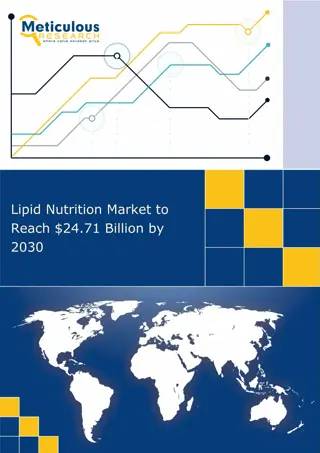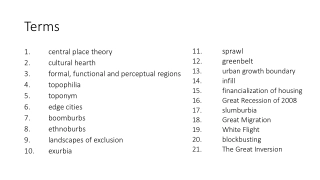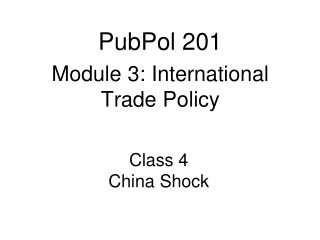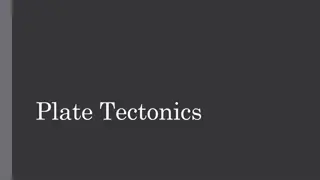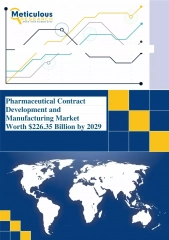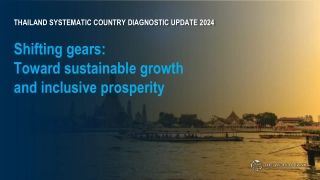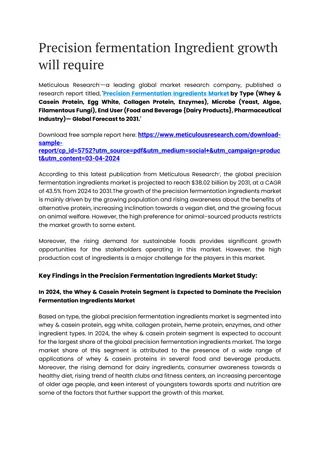Understanding Growth Pole Theory by Francois Perroux
Growth Pole Theory by Francois Perroux explains how economic development is not uniform across a region but rather focuses on specific poles or clusters where industries thrive, leading to overall growth through inter-industrial linkages and external economies. The theory highlights the importance of core industries and their direct and indirect effects on economic activities within a region.
- Growth Pole Theory
- Economic Development
- Francois Perroux
- Inter-Industrial Linkages
- Regional Economics
Understanding Growth Pole Theory by Francois Perroux
PowerPoint presentation about 'Understanding Growth Pole Theory by Francois Perroux'. This presentation describes the topic on Growth Pole Theory by Francois Perroux explains how economic development is not uniform across a region but rather focuses on specific poles or clusters where industries thrive, leading to overall growth through inter-industrial linkages and external economies. The theory highlights the importance of core industries and their direct and indirect effects on economic activities within a region.. Download this presentation absolutely free.
Presentation Transcript
Growth Pole Theory By Francois Perroux Dr. Kaustuv Mukherjee Asstt. Prof. in Geography Chandidas Mahavidyalaya
Introduction French regional economist Francois Perroux in 1955 Phenomena of economic development with the process of structural change. He attempted to explain how the modern processes of economic growth deviates from the stationary concepts.
Concept: Any growth that takes place basically occurrs towards a specific location which is a result of discontinuous growth and location. NH based growth Growth can be divided on the basis of economic space. Economic Space has Homogeneous Nature Economic Plan Force which communicate within the element
Main Theme: The central idea of the growth poles theory is that economic development, or growth, is not uniform over an entire region, but instead takes place around a specific pole (or cluster). This pole is often characterized by core (key) industries around which linked industries develop, mainly through direct and indirect effects. Core industries can involve a wide variety of sectors such as automotive, aeronautical, agribusiness, electronics, steel, petrochemical, etc. Direct effects imply the core industry purchasing goods and services from its suppliers (upstream linked industries), or providing goods and services to its customers (downstream linked industries). Indirect effects can involve the demand for goods and services by people employed by the core and linked industries supporting the development and expansion of economic activities such as retail.
This figure needs to be elaborated. You can see that based on terminal and terminal dependent activities the growth of an area depends.
Main Base of His Theory: Theory of Development Growth is not seen everywhere it is seen in the form of cluster or agglomeration. Inter-Industrial Linkages The area where industries are set up will be having some sort of linkages. T-Shirts, Jeans Cotton Cloth
3 Main Basis of Growth Pole Theory External Economies (Positive or Negative) Agglomeration Linkages (Forward or Backward) This three points need to be elaborated.
Growth Pole Propulsive Growth Growth Pole Theory Polarization Leading Dynamic
Evaluation: This is your part where you have to evaluate the theory whether it is good or bad. Mention the positives and negatives of the theory as well as applicability with examples.
